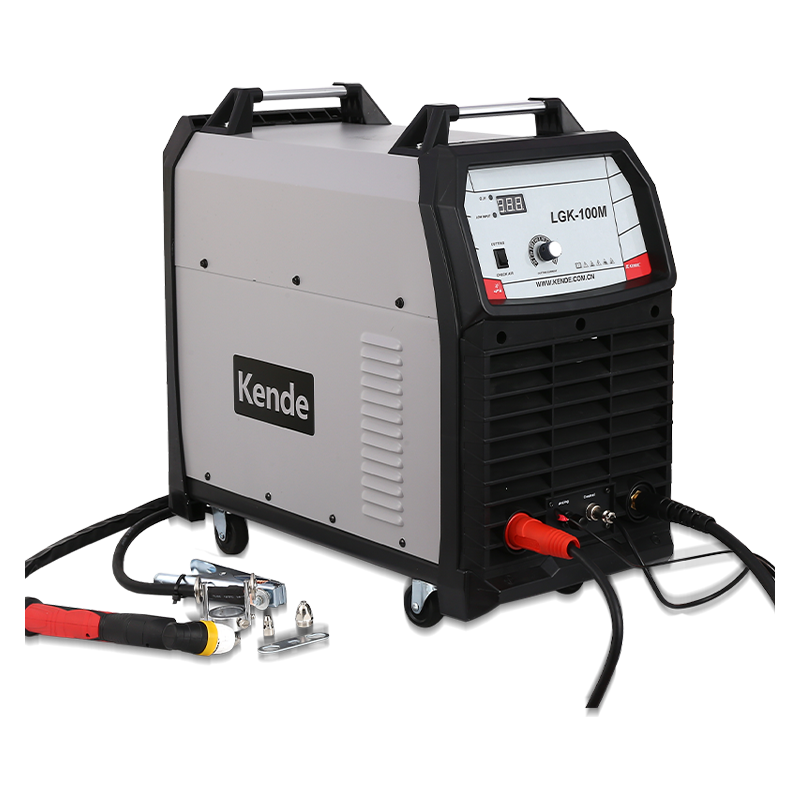Understanding IGBT Inverters
IGBT inverters are semiconductor devices that facilitate the conversion of direct current (DC) into alternating current (AC). They are often employed in various power electronic systems, from renewable energy generation to electric vehicle drives and industrial motor control. The heart of an IGBT inverter lies in its combination of two essential semiconductor components: the IGBT and the diode.
IGBT (Insulated Gate Bipolar Transistor): The IGBT is a high-power, high-frequency switching device that combines the advantages of both MOSFET (Metal-Oxide-Semiconductor Field-Effect Transistor) and bipolar transistor technologies. It offers the fast switching capabilities of a MOSFET and the voltage-handling capacity of a bipolar transistor, making it ideal for high-power applications.
Diode: A diode is a semiconductor device that allows the flow of current in one direction only, blocking it in the reverse direction. In an
IGBT inverter, diodes are used to control the flow of current and voltage.
Working Principles of IGBT Inverters
The operation of an IGBT inverter is based on the modulation of the IGBT's gate voltage. By controlling the gate voltage, the IGBT can be switched on and off rapidly, allowing precise control over the flow of electricity. This switching action enables the conversion of DC power into high-frequency AC power, which can then be tailored to meet specific voltage and frequency requirements.
Applications of IGBT Inverters
The versatility and efficiency of IGBT inverters have made them indispensable across a wide range of industries and applications:
Renewable Energy: IGBT inverters play a critical role in solar and wind energy systems by converting DC power from photovoltaic panels or wind turbines into grid-compatible AC power. They maximize energy capture and ensure grid stability.
Industrial Motor Control: In industrial settings, IGBT inverters control the speed and torque of electric motors, optimizing energy consumption and improving manufacturing processes.
Electric Vehicles: IGBT inverters are at the heart of electric vehicle powertrains, efficiently converting DC power from the battery into AC power to drive the vehicle's electric motor.
Uninterruptible Power Supplies (UPS): IGBT inverters are used in UPS systems to provide seamless power backup during electrical outages, protecting critical equipment and data.
Induction Heating: They are employed in induction heating applications, such as metal hardening and forging, where precise control over power output is essential.
Impact on Sustainability
The widespread adoption of IGBT inverters is contributing significantly to sustainability efforts:
Energy Efficiency: IGBT inverters are highly efficient, minimizing energy losses during power conversion. This efficiency translates to reduced energy consumption, lower greenhouse gas emissions, and cost savings.
Renewable Integration: They enable the integration of renewable energy sources like solar and wind into the grid, promoting cleaner energy generation and reducing reliance on fossil fuels.
Electrification: In electric vehicles and industrial processes, IGBT inverters facilitate the transition from fossil fuels to electricity, reducing carbon emissions and environmental impact.

 2023.09.05
2023.09.05
 Industry News
Industry News
